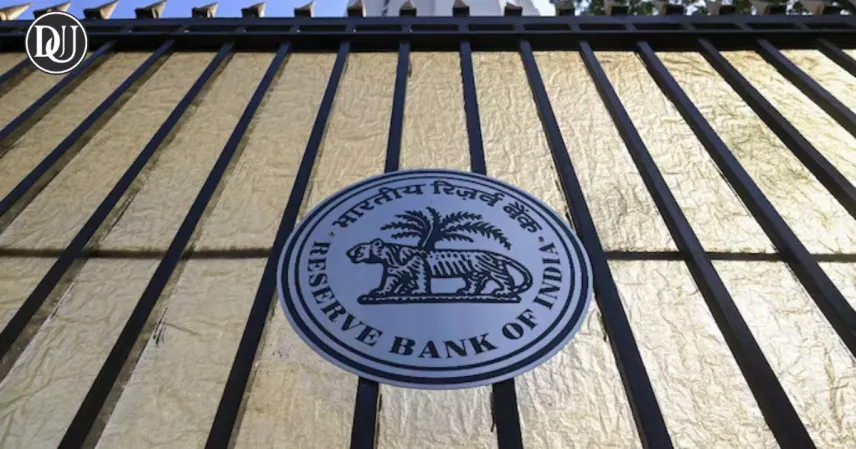In a move aimed at easing financial pressure and boosting the economy, the Reserve Bank of India (RBI) has reduced the repo rate by 25 basis points, bringing it down to 6%. This is the second cut in a row, signaling the central bank’s commitment to helping both the economy and the average Indian household.
What Is the Repo Rate Anyway?
The repo rate is the interest rate at which RBI lends money to commercial banks. When this rate drops, banks typically pass the benefit on to consumers in the form of lower interest rates on loans. That’s good news if you have or are planning to take out a home loan, car loan, or personal loan.
What This Means for the Middle Class
The impact could be immediate for many middle-class families. Lower interest rates can translate into reduced EMIs—which means more money left in your pocket each month.
Here’s how it can help:
-
Lower Home Loan EMIs: A drop in interest rate can save thousands over the loan’s lifetime.
-
Cheaper Auto Loans: Buying a car may become slightly more affordable with lower monthly payments.
-
Boost to Spending Power: Less money spent on EMIs could mean more spending on essentials—or even a little indulgence.
The Bigger Picture
This rate cut comes at a time when the economy is feeling the pinch due to global headwinds, including trade pressures. Alongside the rate cut, the RBI has slightly lowered its GDP growth forecast, signaling caution—but also action to support recovery.










